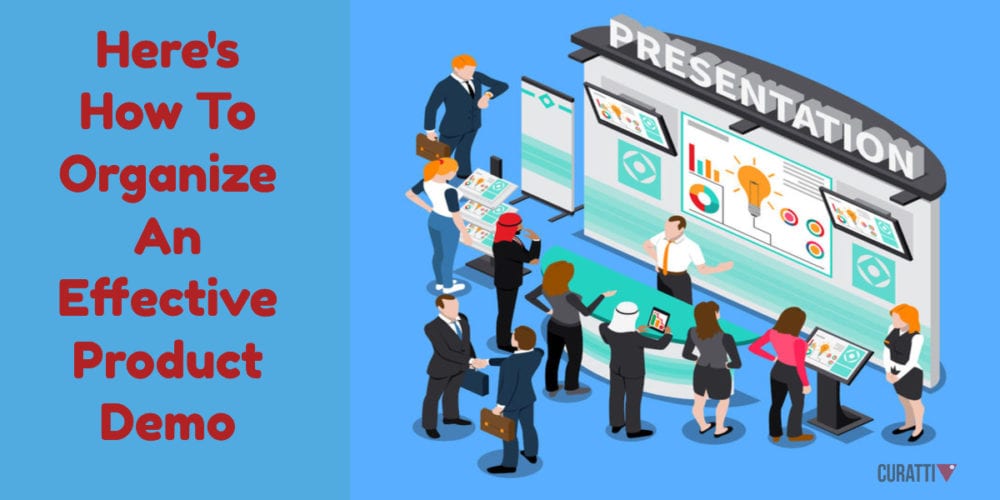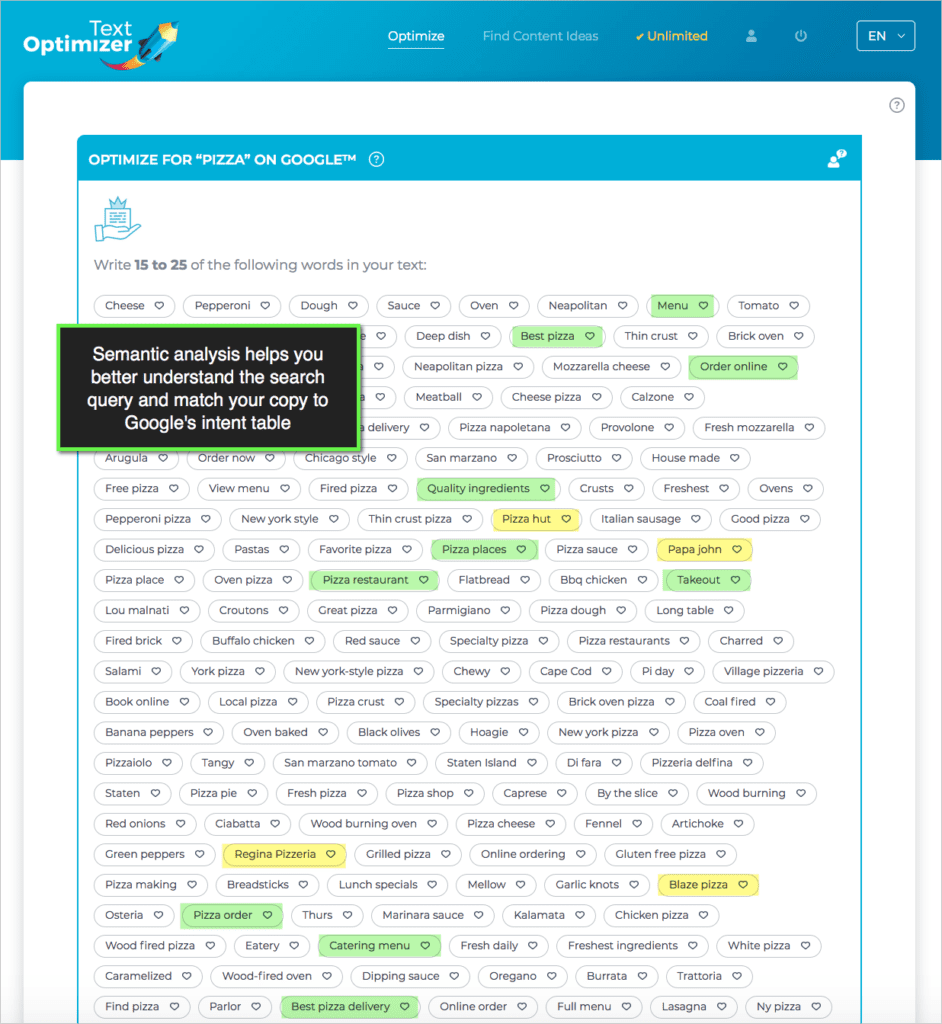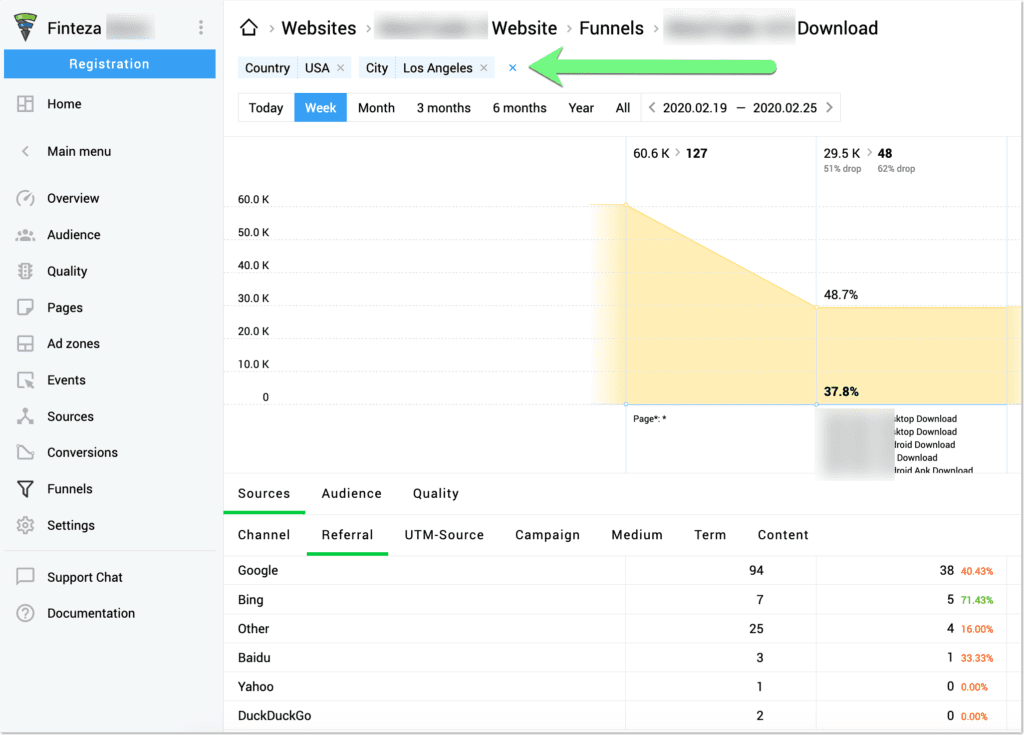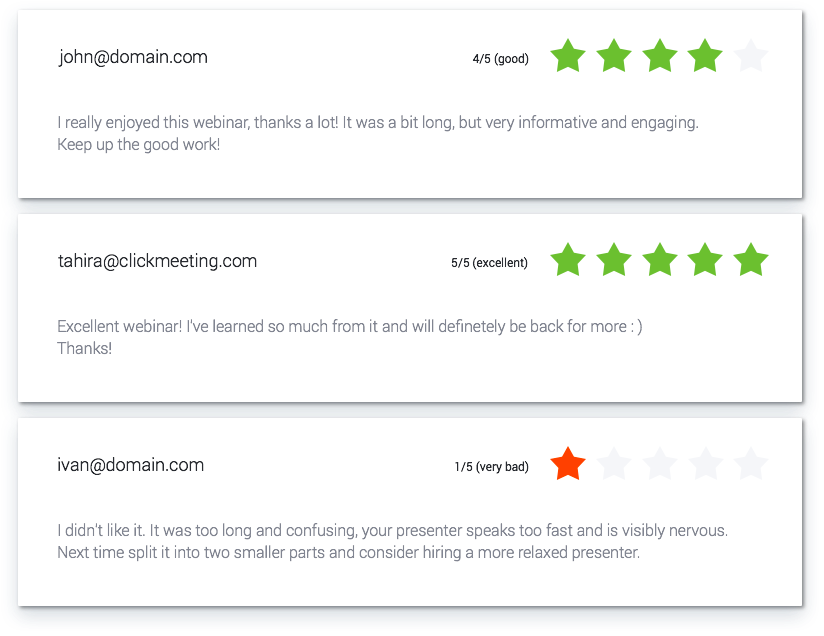Your Essential Checklist for Delivering Product Demos That Close Sales

Lead generation is tough but it’s also only part of the puzzle. The real struggle is to turn those leads into buyers. And this is where hosting effective sales demos can help.
Whether you have a separate person hosting demos on your brand’s behalf or you are doing it yourself, this checklist will be helpful.
1. Always Create a Detailed Agenda For Your Product Demos
Being organized is always useful. But it’s essential that you create an agenda for upcoming demos.
The best-case scenario is to timestamp your agenda and send it out prior to the demo. This gives your leads a clear idea of what is coming and when.
Apart from keeping everyone involved, an agenda helps you or your sales rep feel in control over the flow of the discussion.
Having a detailed agenda is the only way to make your demo is productive and truly useful. It will also motivate you to be well prepared, urging you to think about what you are going to say at each given time slot.
A simple to-do list management app makes it easy to create, re-use and share agendas. Zenkit is my favorite one, and it also integrates with Google Calendar, making it a perfect app for managing scheduled agendas.

2. Foster Engagement and Participation
A successful product demonstration call is never merely a monologue. You or your sales reps need to constantly engage your leads, encouraging them to share their feedback and ask questions. Your whole demo should be driven by audience participation.
Most product demonstration software solutions offer some sort of engagement tools. For example, ClickMeeting offers a live chat feature allowing your leads to post messages without interrupting you. You can also activate a Question Mode. This allows participants to add chat messages to the curated question list, and these can be answered later in the event.

3. Get Input from Other Teams
Your sales team is only as powerful as it is informed. Making sure your sales reps have access to all your content assets will help them host more successful product demos.
A real business case exists for increasing the accessibility of sales enablement content. Organizations that invest in improving the way salespeople access sales content can increase sales productivity by up to 59%.
Moreover, by establishing a single platform for all the participants to collaborate on, you will be able to gain insight from in-house talents who will fuel content marketing creativity.
Thus, a central content repository, or Knowledge Base, could improve content strategy in three ways:
- Share sales enablement content ownership between marketing and sales while designating responsibilities.
- Design and implement a process flow that includes communications, tools, learning, venues, and systems
- Analyze the sales enablement process regularly to measure how it’s performing
Zoho offers a variety of tools allowing you to manage assets and collaborate with team members and freelancers.

If you are looking for a free option, Google Drive is good enough to create an effective collaboration system. It can also be integrated into your blog making it easier for the content team to access and manage the repository.
You may also want to read: A Newbie’s Guide To Knowledge Bases
4. Cater to Different Decision Makers
When it comes to SaaS and B2B niches, there’s usually more than one decision-maker involved. In fact, these days, the decision-making unit (DMU) consists of roughly 7 people.
Back in 2017 Harvard Business Review reported,
“The number of people involved in B2B solutions purchases has climbed from an average of 5.4 two years ago to 6.8 today.”
A DMU may consist of the head of sales, the head of operations, and the head of marketing. Needless to say, they will all have their own wants and needs from any given product demo. This divergence in personal and organizational priorities should be addressed in the lead nurturing strategy.
During the demo, you need to get a clear idea of which decision-makers you are dealing with and what their struggles are.
When you follow up after the call, make sure that all the involved decision-makers receive different pieces of content that emphasize their specific pain points and solutions.
Your lead nurturing strategy should include diverse content types targeting both customers and sales reps. Once your demo is done, make sure that you send out a follow-up email containing several downloads.
Customer-facing content types include:
- Whitepapers
- Case studies
- Webinars
- Value assessment tools
- Product brochures, etc.
It is also critical that you involve the sales team in the content production process. They have in-depth knowledge of your target audience and its unique pain points.
Sales-rep-facing content types include:
- Recorded demonstrations
- Tailored sales presentations
- PDF summaries of the sales calls, etc.
Offering downloadable content assets that inform both your sales reps and your target audience is a critical aspect of supercharging your sales efforts.
Run your content asset through Text Optimizer to learn which audience it currently appeals to:

…And how to optimize it better to reach the target decision-maker:

5. Explore Your Analytics
Finally, you cannot improve what you are not measuring! So keep an eye on your analytics and feedback before and after each product demonstration session.
Exploring what brought your leads to your site will help you better understand what they were looking for and thus how to best serve them. Your current web analytics platform will help you better understand your leads’ buying journeys.
Finteza can open your eyes to how your site is being navigated and what pages do a better job sending users down the sales funnel. The best part is that you can narrow down your reports to a country or even a city, making it easier for you to personalize experience of your leads:

On top of that, your demo hosting solution is likely to help you understand whether your demo was successful and how to make it better in the future.
ClickMeeting, mentioned above, offers attendees statistics, ratings, and polls. These will help you to get a better understanding of how happy your leads were with your presentations.

Conclusion
Running a successful demo is a skill but it is also something you can get better at over time. The steps listed above will help you engage your leads better and close more sales. There are no shortcuts here. If you do your homework and treat each demo as a standalone project, you will be able to host personalized and relevant product demonstrations that will be hard to resist.
Featured image: Copyright: ‘https://www.123rf.com/profile_macrovector‘ / 123RF Stock Photo
Latest posts by Anna Fox (see all)
- How to Become a Better Freelance Writer by Managing Your Time Better - December 1, 2022
- All the Tools You Need for a Successful Link Building Campaign - September 13, 2022
- Don’t Waste Money: Six Ways To Maximize Your Content Marketing Budget - June 28, 2022

